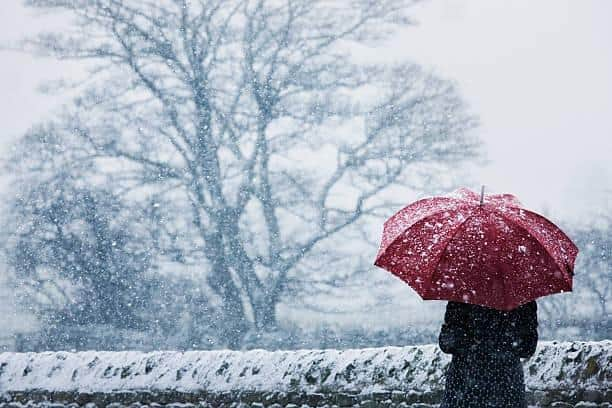Weather in Wakefield: District to welcome in the New Year with 'blustery showers' and 'significant snowfall'
and live on Freeview channel 276
The Met Office has warned of strong winds this weekend, as the district welcomes the new year.
The bad weather follows Storm Gerrit which led to numerous flood warnings throughout the week.
Advertisement
Hide AdAdvertisement
Hide AdFollowing the storm, longer spells of rain and hill snow are both expected throughout the weekend, with the official outlook for Saturday, December 30 to Monday, January 1, reading: “Rather windy on Saturday with a spell of rain, perhaps preceded by hill snow.


"Drier Sunday, but remaining breezy. Mostly fine and bright with winds easing Monday. Temperatures around average.”
However, the Met Office has also warned of potential snowfall across Yorkshire further into January.
The long range forecast for January 1 to January 10 reads: “Into the new year it now looks finely balanced whether near or slightly above temperatures will be in place across the south, with periods of rain, wind, and showers.
Advertisement
Hide AdAdvertisement
Hide Ad"Or if the slightly below average temperatures in place across the north; where showers will remain wintry, will manage to filter southwards or not.
"If the colder air filters southwards, wintry showers could be seen across parts of England and Wales, and it is possible some more significant snowfall could occur along the mild/cold air boundary.
"Thereafter, more settled conditions are expected to gradually develop more widely, increasing the risk of frost and fog.
"If this were to occur day on day, net cooling would lead to below average temperatures, with an increased threat of winter hazards, including ice/snow.”